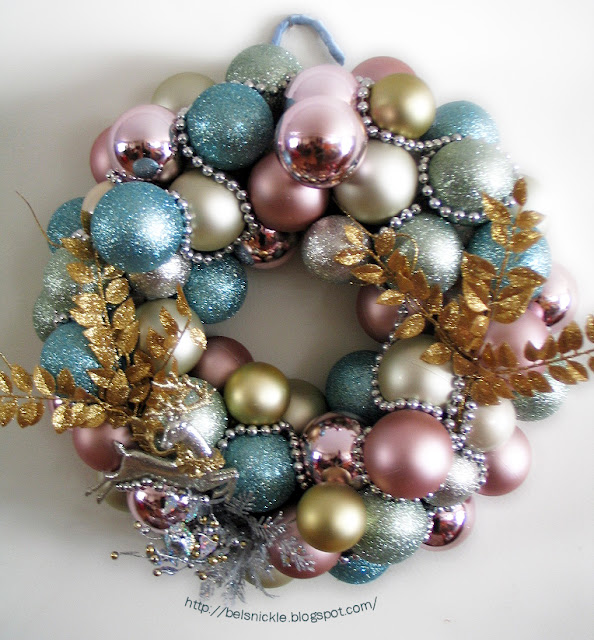Sleigh Bells
by L. Smith
RING out, ye merry jingling bells!
Clear and sweet your music swells
On the crisp and wintry air.
Sending echoes everywhere.
Clear and sweet your music swells
On the crisp and wintry air.
Sending echoes everywhere.
The moon, her shining face aglow,
Sends our shadows 'cross the snow;
And as we swiftly skim along,
I listen to the sleigh bells' song.
Sends our shadows 'cross the snow;
And as we swiftly skim along,
I listen to the sleigh bells' song.
The bright stars watch us from the sky
As our sleigh goes gliding by,
Like an undulating wave
Wherein my happy soul doth lave.
As our sleigh goes gliding by,
Like an undulating wave
Wherein my happy soul doth lave.
Ring out, ye bells! Merrily ring!
Oh, what pleasure you can bring!
So Very joyous is your song:
Merrily, merrily glide along!
Below is Santa riding his reindeer rocking horse. A loves to test drive this toy best inside of his workshop at the North Pole! You can color this paper reindeer toy, cut it out, fold along the dotted lines and paste the the "A" tabs to the opposite panel to make the paper toy 3D and able to rock.
 |
| Santa's Rockin' Reindeer Toy. |
Harry has written Santa a letter requesting his dream toy. He hopes that Santa will have all the right tools in his workshop to make his wish come true on Christmas morning! Can you guess what that toy is? Well, just to make sure that you know, print, cut and reassemble the mystery puzzle below.
 |
| Find out what Toy Santa is building for Harry at the workshop. |












